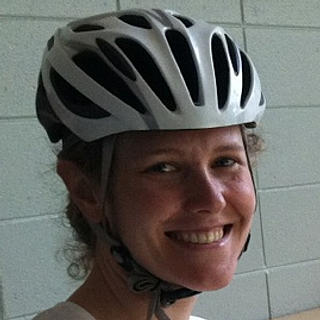In the News: Directed Energy Brain Injury
- PANTHER
- Apr 4, 2024
- 2 min read
The recent JAMA article Neurological Illness and National Security: Lessons to Be Learned by David Relman, MD (citations below) gives a perspective on the anomalous health incidents (AHIs) that resonates with PANTHER's approach to TBI research.
AHI's have been in the news again in the wake of a JAMA article by Chan et. al that reported finding:
...study that included 86 participants reporting AHIs and 30 vocationally matched control participants, there were no significant differences in most tests of auditory, vestibular, cognitive, visual function, or blood biomarkers between the groups
Relman's perspective shows the importance of PANTHER's physics-based approach to understanding Directed Energy TBI. The need for better understanding of DE-TBI is highlighted in these two quotes.
As a general problem, clinicians lack generic, noninvasive, and sensitive methods for measuring brain function at the level of molecules, cells, and pathways. Requirements for gross pathology or evidence of cell death in a definition of brain injury are inappropriately restrictive. ...Clearly, new, sensitive, standardized, noninvasive tests of nervous system function, especially involving the vestibular system, are needed, such as more specific blood markers of different forms of cellular injury.
Yet, a paucity of mechanistic studies has led to controversy and lingering uncertainty about the possible relationship of pulsed radiofrequency and ultrasound to AHIs. Given the circumstances, a coordinated national research effort that examines the cellular, tissue, and clinical effects of focused, pulsed forms of electromagnetic and acoustic energy is warranted.
Citations:
Relman DA. Neurological Illness and National Security: Lessons to Be Learned. JAMA. 2024;331(13):1093–1095. doi:10.1001/jama.2023.26818
Chan L, Hallett M, Zalewski CK, et al. Clinical, Biomarker, and Research Tests Among US Government Personnel and Their Family Members Involved in Anomalous Health Incidents. JAMA. 2024;331(13):1109–1121. doi:10.1001/jama.2024.2413





Comments